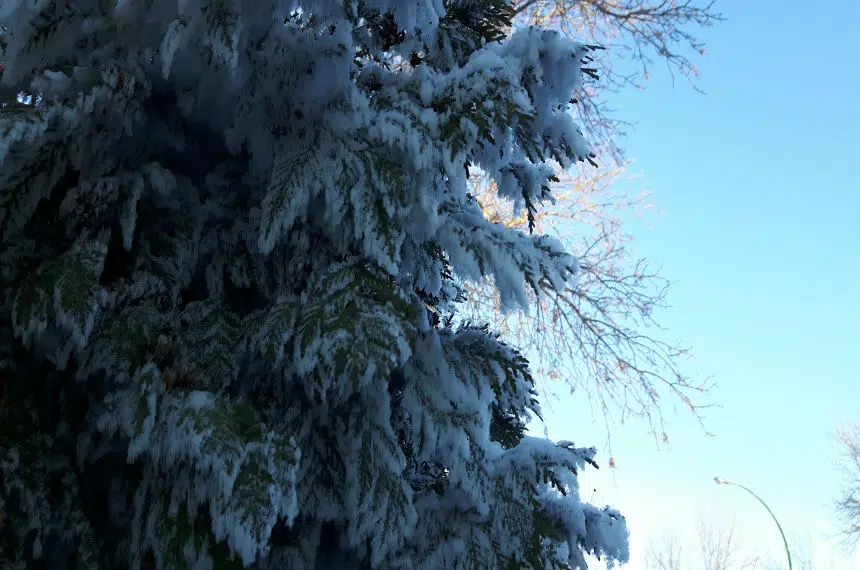For more than a week, most or all of Saskatchewan has been under extreme cold warnings.
However, the province is getting a short break from the deep-freeze Sunday.
Environment Canada called for a high of -6 C in Regina and southern Saskatchewan, while it’s a bit chillier at -11 C in Saskatoon and central Saskatchewan.
Those temperatures certainly don’t feel tropical, but they’re much warmer than the persistent onslaught of wind chills at or below -40 C.
However, it won’t last, as the weather office predicts the temperatures will return to the arena of extreme cold in the week ahead.
Natalie Hasell, a warning preparedness meteorologist with Environment Canada, said the extreme cold warnings are issued to warn about some of the serious consequences of extreme cold, including frostbite and hypothermia.
Hasell said it could start with frostnip.
“Frostnip is when the top layer of the skin freezes. This is usually extremely painful, so that should be your first signal that something has gone wrong,” Hasell said.
The skin would look bright red at this point, which Hasell explained can be harder to spot in people with darker skin tones.
When it progresses to frostbite, Hasell said the deeper layers of the skin start to freeze.
“The appearance of the skin will change. It’ll go from bright red, typically, to whiteish or yellowish or a waxy kind of look. And it’ll be hard to the touch because things are freezing. And the nerves are starting to freeze, so you’ll go from painful to probably tingling and then numbness,” she explained.
Frostbite can lead to permanent skin damage and even amputation.
If someone has frostnip or frostbite, Hasell said that person should be taken indoors and warmed up gently without rubbing the skin or applying direct heat.
Hypothermia is also a worry in such extreme cold when the body’s core temperature drops below healthy levels. Hasell said in the later stages of hypothermia, a person can seem like they’re drunk or having a diabetic episode.
“They won’t be able to walk properly, they won’t be able to talk properly – but this is extremely serious because the next step in hypothermia progression is unconsciousness, cardiac arrest and possibly death,” said Hasell.
She encourages people to check in on others and pay attention to those around them, especially outside.
Environment Canada’s tips to cope with the cold include dressing warmly and in layers – the outer layer being wind resistant — and wearing waterproof shoes.
“Being wet will mean you will lose body heat a lot faster,” said Hasell.
For those driving in extreme cold, Hasell said they should make sure they have a cellphone so they can call for help if needed and should have an emergency kit in their car.
“If you are stuck on the highways and your car is still intact, it is already offering you shelter — don’t leave it,” said Hasell.
Hasell pointed out that over the next while, both extreme cold and snowy conditions are expected.







